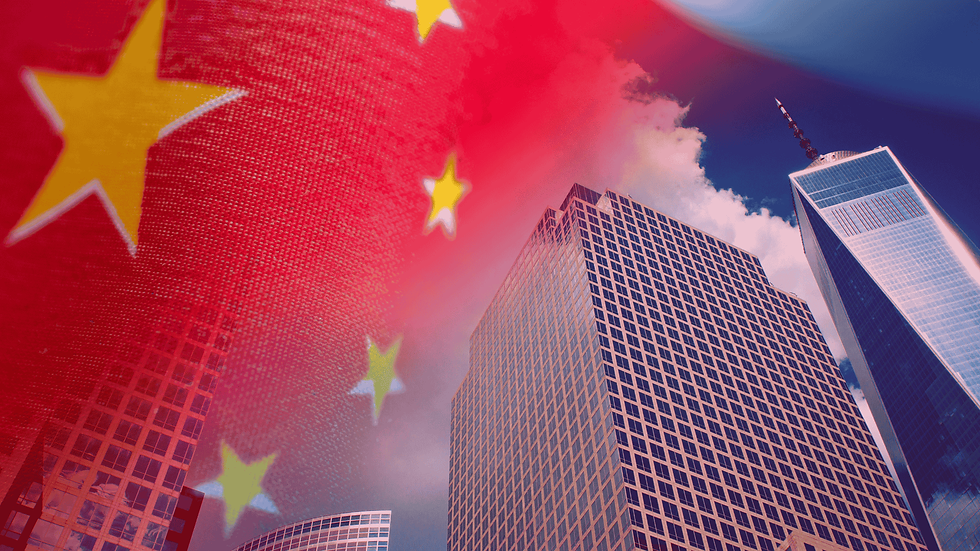Employment vs. Efficiency in the Era of AI
- Bestvantage Team
- Nov 20, 2024
- 2 min read

Navigating the GenAI Challenge
Demographic Influence on Technology
Demographic shifts have historically driven societal changes, and this trend continues in the age of Generative AI (GenAI). While AI brings potential for cost reduction and enhanced services, it also raises concerns about workforce displacement. This creates a delicate balance between innovation and job security, a challenge particularly pertinent for India. Before delving into India’s scenario, it’s essential to examine global developments.
Global Trends in Automation and Robotics
Demographic changes are spurring distinct waves of innovation worldwide. In the West, particularly the U.S., the focus is on improving corporate efficiency and enhancing consumer applications. Meanwhile, Asian nations are rapidly advancing in automation.
Transformers: Bridging Language and Vision
The breakthrough in AI lies in transformer models, initially designed for natural language processing. These models have exceeded expectations, mastering both linguistic and visual data interpretation. This capability has revolutionized fields such as autonomous driving and robotics, catalyzing rapid advancements.
Automation Concerns in the U.S.
The adoption of automation has sparked anxiety in sectors like logistics, entertainment, and manufacturing. Recently, U.S. dockworkers protested against automation, while Hollywood writers demanded safeguards for their work against AI tools. Similar concerns are echoed globally, highlighting a growing unease among workers.
AI Advancements in North Asia
China leads in integrating AI into automotive and robotics technology. Major firms like Baidu and Pony.ai are advancing autonomous driving capabilities, with government policies supporting these developments. China boasts over 20 cities with frameworks for autonomous vehicle testing, involving more than 60 licensed enterprises.
In robotics, the progress is equally impressive. At Beijing’s World Robot Conference, diverse humanoid robots were showcased for tasks ranging from industrial applications to household chores. South Korea and Japan also excel in robotics, with South Korea reporting the world’s highest robot density in manufacturing.
The Consumer-Producer Dilemma
A unique paradox arises as individuals act as both consumers and producers. While consumers welcome AI-driven cost reductions, producers face the threat of job displacement. For instance, Tesla’s upcoming Robotaxi may highlight the friction between these opposing forces. Policymakers must address this dynamic, balancing efficiency gains with the preservation of livelihoods.
India’s GenAI Challenge
India, with its significant IT workforce and reliance on global remittances, faces unique challenges. Falling behind in AI innovation is not an option, as GenAI holds transformative potential for industries. India must pivot its focus toward hardware expertise and cost-effective innovation, particularly targeting the Global South and budget-conscious markets in developed nations.
GenAI-based solutions can revolutionize sectors such as healthcare and mobility, offering accessible alternatives to expensive Western innovations. To harness this potential, India must invest in retooling its workforce and repositioning its industries.
A National Repositioning
To stay competitive in the AI era, India needs national-level strategies to adapt to shifting industrial dynamics. The focus should include fostering innovation, scaling technical expertise, and developing AI-driven solutions tailored to global needs.
By embracing these changes, India can leverage GenAI to not only sustain its workforce but also emerge as a leader in affordable and scalable AI innovations for the world.



Comments